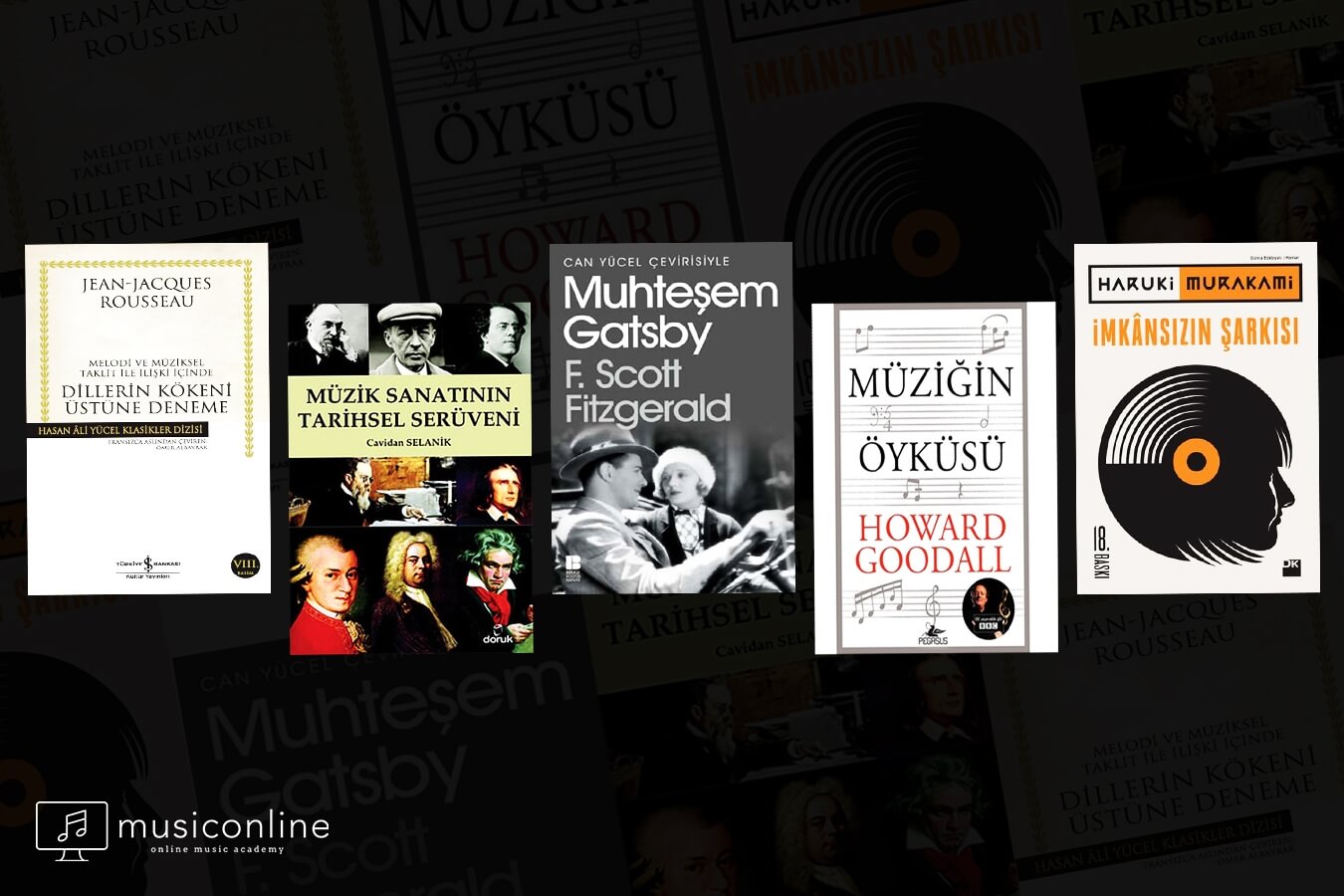musiconline blog
news about us & everything about music on our blog!
Turkish Folk Music
As time passes, it doesn't spoil its magic, never loses its value as a musical genre: Turkish Folk Music. In this week's blog post, musiconline explored Turkish folk music genre for you, which amazes with its unique tunes, and we present the best examples to you.
What is Folk Music?
Folk music is spoken and nonverbal melodies that reflect the culture of the society to which they belong, processing and expressing the feelings, thoughts and pleasures that arise from the lives of the societies. From the first ensembles to the present day, each community has its own unique music. Over time, even if the tones, the words, the ones that say them change, we still see their marks.
Turkish Folk Music is frequently confused with Turkish Art Music. Turkish Folk Music is the whole of Turkish vernacular ethnic music sung in different forms in various regions of Turkey. It is structurally part of folklore and is anonymous. Turkish art music is a genre of Turkish music with Maqam. Classical Turkish music, along with classical Western music and Indian music, is considered to be one of the few classical music genres available in terms of establishing continuity and tradition in the world. Turkish Art Music and Classical Turkish music are closely related concepts; but Classical Turkish Music represents historical understanding and tradition, while the concept of art music borrowed from Western music terminology refers more to a modern form that this music took its form during the Republican period.
Turkish Art Music was influenced by Indian and Western music. It is a music performed and listened to by the high group in Ottoman times. However, Turkish Folk Music is not influenced by foreign elements and songs sung by plain folk. Turkish Art Music and Turkish Folk Music have nothing to do with other than a few similar maqams. Turkish Folk Music comes from the Central Asian culture of the Turks. The change is the difference between kopuz and baglama.
The characteristic feature of folk music is that it is anonymous. The ‘anonymous’ characteristic of the melodies means that the tradition is maintained through the transmission of creativity from generation to generation.
The official music policy adopted with the Republic recognized folk tunes as the main source of Contemporary Turkish Music to be created. For this purpose, compilation trips were organized throughout the country and the efforts to determine and archive the notes were focused on. Turkish folk music has really beautiful, sensuous and important melodies. In order to develop yourself, to relax when you want, to have fun when you want to live at the peak of it, to transfer feelings when you want to transfer through this channel, to communicate and to live, every person needs to listen to Turkish folk music, at least to know.
- Ankara State Conservatory, founded in 1936, undertook the studies of folk music in its entirety; up to 1952, 10,000 melodies were archived by taking notes in regular studies.
- Public radio broadcasts beginning in 1937 have been another factor in reviving folk music. Authentic folk music programs on the radio by artists such as Sadi Yaver Ataman, Tamburacı Osman Pehlivan, Servet Coşkunses and Muzaffer Sarisozen attracted a lot of attention.
- Conducting his work outside of radio, Ruhi Su pioneered the reinterpretation of folk music starting in the 1960s.
- After 1975, Zülfü Livaneli and Arif Sağ contributed to the modern quality of folk music with their interpretations of bağlama order and other instruments. As a matter of fact, Turkish Folk Music has become one of the most popular music genres in the country in recent years. Besides the spreading influence of radio and television, the works of State Turkish Folk Music choirs affiliated to the Ministry of Culture and Tourism have a large share in this.
- State Turkish Folk Music choirs were established in Sivas and Sanliurfa, the first of which was in Ankara in 1986, and they performed successfully in both anonymous traditional forms of folk music as well as in composing genre with single voice and multi-voice applications.
Neriman Altindag, Nida Tüfekçi, Mehmet Özbek, Mükerrem Kemertaş, Bedia Akartürk, Hale Gür, Musa Eroğlu, Neşet Ertaş, Belkis Akkale and Mahsuni Şerif are some of the leading artists of Turkish folk music with their compositions, compilations and performances. Baglama family, especially the saz, kaval, tar, kemence, mey, zurna, drum, tulum are the main folk music instruments. The musicians that Turkish Folk Music are not really just musicians, but people who are realistic, emotionally charged and have done so much about the future.
If you want to know more about different types of music, you can subscribe musiconline email list and follow us on our social media accounts.
Stay with music!


